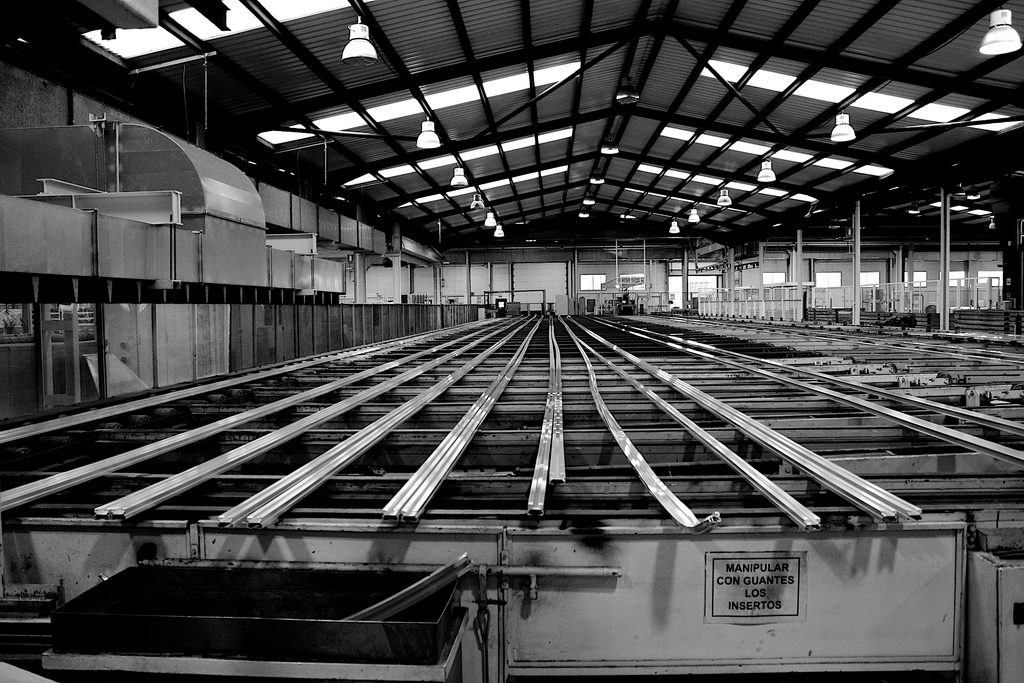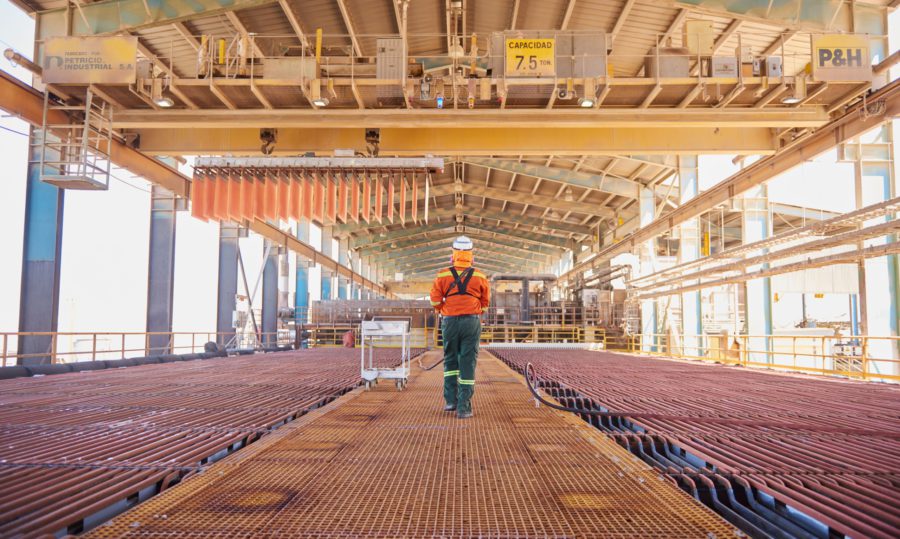Some warehouse firms want LME to change delivery rules, lengthen queues

LONDON, Sept 4 (Reuters) – Some warehouse firms want the London Metal Exchange to change its rules for delivering material so as to allow longer queues and boost revenues undermined by falling stocks, sources familiar with the matter said.
For the market, this has revived memories of 2014, when waiting times for loading out aluminium in the Dutch port of Vlissingen climbed to two years and to 700 calendar days in Detroit, backlogs that sparked outrage among consumers in the transport and packaging industries.
The problem was solved when the LME imposed strict load-out rules and capped rents for metal waiting to leave warehouses.
Now, some warehouse firms including ISTIM Metals and Glencore-owned Access World are pushing the idea of replacing all rules with one that obliges warehouses to load out 1.5 percent of total stocks per day.
ISTIM Metals did not reply to requests for comment. A spokesman for Access World declined to comment.
Such a move would allow queues of 67 working days, or 95 calendar days – a significant improvement for warehouse firms now earning full rent for 30 days and half rent for 20 days for cancelled metal. No rent is payable beyond 50 days.
“Ninety-five days is a far cry from two years, but there’s no benefit for us. We would not support this. We’re not here to provide financial support for the warehouses,” a source at an aluminium consumer said. “The rules may need simplifying now the queues have disappeared, but not this way.
“We’re not here to provide financial support for the warehouses.”
Any changes would first have to be approved by Britain’s Financial Conduct Authority and the U.S. Commodity Futures Trading Commission. Both regulators would consult consumers.
“The LME continues to work closely with the market and stakeholders to ensure that attractiveness of the LME’s physical network is maintained, and that it continues to serve the requirements of the global metals market,” an LME spokeswoman said in response to a request for a comment.
Warped picture
Short queues are not a problem for firms that provide storage facilities and logistical services as their revenue streams are diversified.
They are a problem, however, for those that offer only storage.
“The LME is a market of last resort. When (economic) growth is good, metal is consumed and when growth is weak, metal needs to be stored,” a metal trader said. “It’s a cyclical business, that’s one reason for the stock draw.”
Declining stocks on LME warrant are best illustrated by aluminium. They hit a record high above 5.49 million tonnes in January 2014 and are now below 1.1 million tonnes.
The drop is partly due to the aluminium market surplus turning into a deficit – a gap that has been filled by stocks.a gap that has been filled by stocks.
A gap that has been filled by stocks.
“It’s also partly to do with warehouses not being able to pay producers incentives that can compete with physical market premiums,” a metal industry source said.
Incentives are paid up front per tonne of metal going on LME warrant and are calculated using free-on-truck (FOT) rates, a payment made to warehouses to prepare metal for transport, and the rent that could be earned.
For aluminium, the average FOT is around $50 a tonne. Rent at around 54 U.S. cents a tonne for 40 days would mean an incentive payment of $70 a tonne is possible.
However, that is below the $90 a tonne premium on the physical market in Europe and the $440 a tonne premium in the United States. Premiums are paid on top of the LME benchmark price around $2,100 a tonne.
“The maths doesn’t work. Warehouses need longer queues to make incentives work,” another metal industry source said.
(Reporting by Pratima Desai; Editing by Dale Hudson)
{{ commodity.name }}
{{ post.title }}
{{ post.date }}

Comments